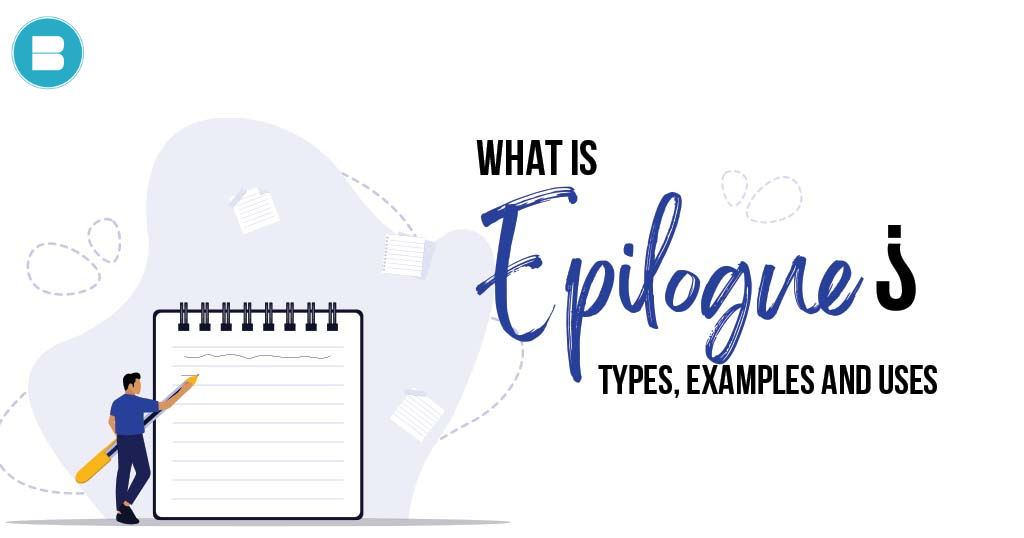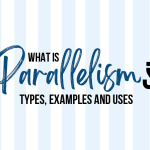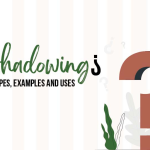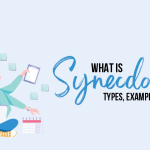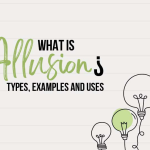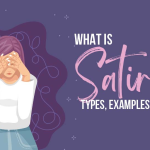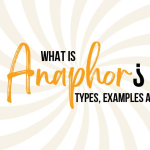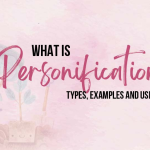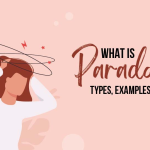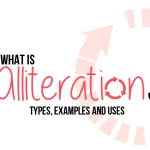As the final pages of the book came to a close, the reader couldn’t help but feel a sense of longing for the characters and the world they had come to know so well.
But just as all good things must come to an end, so too must all great stories. And thus, the author gifted the reader with an epilogue – a glimpse into the future, a final farewell to the beloved characters, and a tying up of loose ends.
The epilogue painted a picture of the characters’ lives after the events of the story, their trials and triumphs, their joys and sorrows.
It was a reminder that life goes on, and that the characters, just like the reader, would continue to experience it all.
It was a bittersweet goodbye, but also a comforting one, as the reader knew that the characters would always hold a special place in their heart.
And as the reader closed the book, they couldn’t help but smile, feeling grateful for the journey they had been on and the memories they had made alongside the characters. The end was only the beginning.
Epilogue comes from the Greek word – epílogos where ‘epí’ means in addition and ‘logos’ means word – when combined means conclusion. This word was first used in the 15th century.
Every genre, every book, every story, every character has an epilogue of their own because it is something which cannot be duplicated.
You may also like: Online Books vs. Traditional Books | Pros and Cons
There are many ways to write a beautiful epilogue but here I have mentioned a few pointers that will help you curate a heartwarming epilogue of your book –
- Decide on the purpose of the epilogue: Before you start writing, decide what purpose the epilogue will serve in your story. Will it provide closure for the reader? Will it reveal what happens to the characters after the story’s main events? Will it answer any lingering questions?
- Keep it brief: An epilogue should be brief and to the point. It should not be a new story, but rather a conclusion to the one that has already been told.
- Use a different point of view: To give a sense of finality, it can be effective to use a different point of view in the epilogue. For example, if the main story was told in first person, the epilogue could be told in third person.
- Address the characters’ future: The epilogue can address what happens to the characters after the story’s main events. This can provide closure for the reader and help them understand the fate of the characters they have grown to care about.
- Avoid introducing new plotlines: The epilogue should not introduce new plotlines or conflicts. It should instead provide resolution and bring closure to the story.
- Reflect the tone of the story: The tone of the epilogue should reflect the overall tone of the story. It should be in line with the story’s themes and maintain the same style of writing.
- Revisit the story’s themes: The epilogue is a good opportunity to revisit the story’s themes, and to help readers reflect on the story’s meaning and significance.
- Revise and Edit: Always make sure to revise and edit your epilogue. It is the final chapter of your book, so it must be polished and perfect.
An epilogue is a powerful tool that can provide closure, reveal characters’ fates, and reflect on the story’s themes. It is the final chapter of a story and must be written carefully to ensure that it serves its purpose and provides a satisfying conclusion to the story.
You may also like: 20 Satire Examples in Real-World Every Writer Should Know
You may also like: The Rise of Audiobooks: A Game-Changer for Modern Bookworms
An example of an epilogue that provides closure is in J.K. Rowling’s Harry Potter and the Deathly Hallows. In the epilogue, set nineteen years after the story’s main events, readers see Harry, Ron, and Hermione all grown up and sending their own children off to Hogwarts School of Witchcraft and Wizardry.
This epilogue provides closure by showing that the characters have moved on with their lives and that the story’s conflicts have been resolved.
Another example of an epilogue that reveals the characters’ fates is in F. Scott Fitzgerald’s The Great Gatsby. In the epilogue, readers learn that Gatsby’s dream of winning back his lost love, Daisy, ultimately led to his death.
This epilogue provides insight into Gatsby’s motivations and serves as a reminder of the tragic consequences of his actions.
An example of an epilogue that serves as a reflection on the story’s themes is in Jane Austen’s Pride and Prejudice. In the epilogue, readers see the characters five years after the story’s main events, and it is clear that the main theme of the novel, the need to look beyond first impressions, has been learned and put into practice.
The epilogue serves as a reminder of the themes and the moral of the story.
So if to put this entire blog in simple words, an epilogue provides the time for readers to reflect on the adventure they’ve just finished.
You may also like: Top 10 Real Life Stories to Read Online
It gives authors the opportunity to end the novel, but not necessarily without any unanswered questions. Well, you can never let the dear readers not want more…
Publish your book for free with BlueRoseONE and become a bestselling author. Don’t let your dream of becoming an author fade away, grab the opportunity now and publish your book – be it fiction, non fiction, poetry or more.
Happy Reading!

